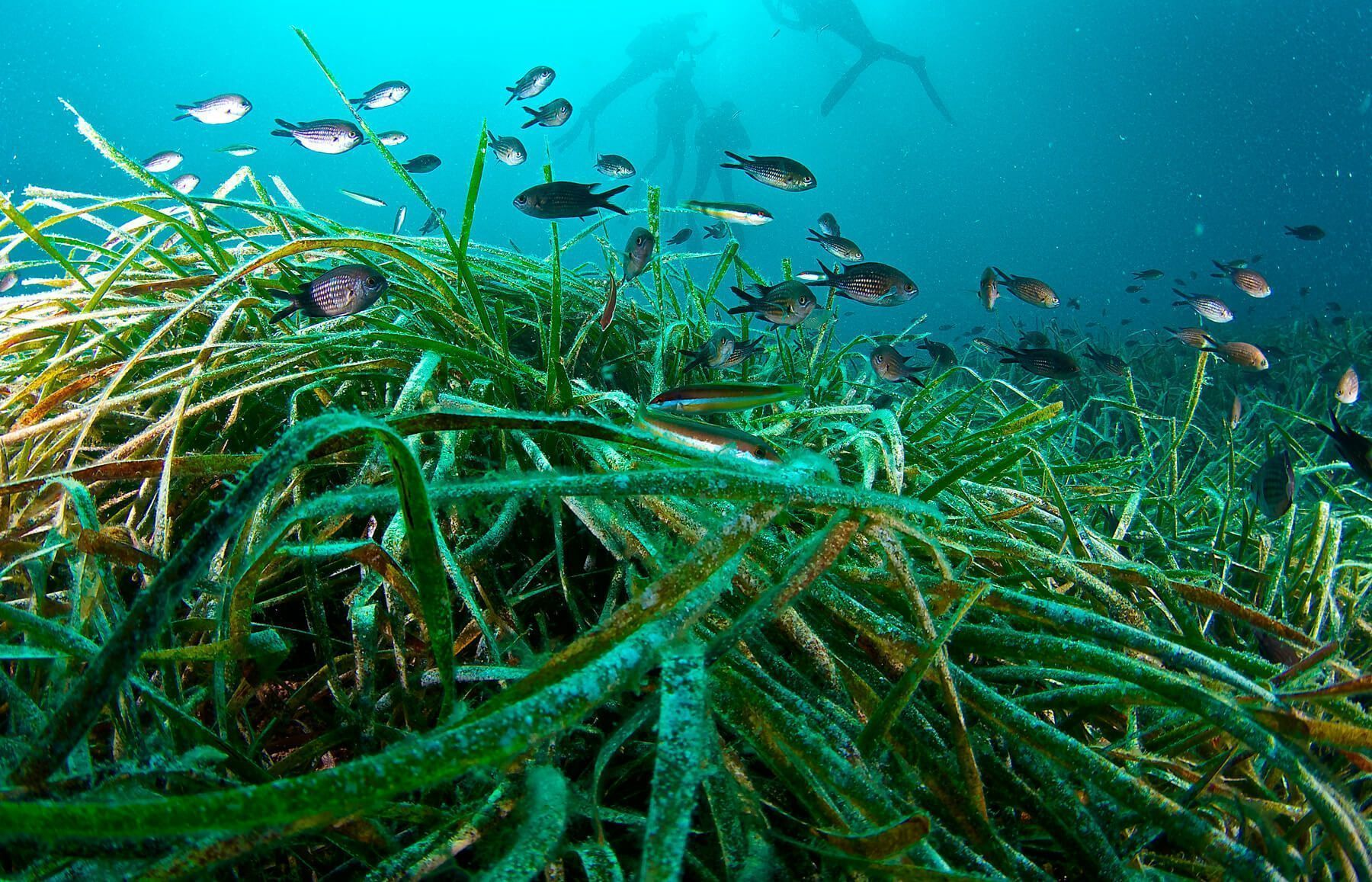
Camagüey, April 18. - As natural guardians of Caribbean biodiversity, the extensive seagrasses of Camagüey - a province that is home to more than 20 percent of Cuba's coastal ecosystems - have become the center of an ambitious monitoring and conservation program promoted by the Cuban government.
The Camagüey Environmental Research Center (Cimac, for its acronym in Spanish), attached to the Ministry of Science, Technology, and Environment (Citma, for its acronym in Spanish), has deployed a multidisciplinary team that carries out periodic evaluations of the state of these underwater meadows.
According to the latest reports, these ecosystems maintain an optimal capacity to absorb up to 35 times more carbon dioxide than tropical forests, positioning them as strategic allies in the fight against climate change.
In the last six months, we have expanded the monitoring network to 15 new research stations along the northern coast of Camagüey, revealed Dr. Carlos Martínez, project coordinator.
This allows us to have more precise data on their growth, density, and ecological health, the specialist added during a tour of Santa Lucía Beach, one of the priority conservation sites.
Protection actions include underwater cleanup campaigns that have removed more than two tons of waste by 2024, environmental education programs that have trained 500 local fishermen, the installation of ecological buoys to delimit special protection areas, and restoration projects in areas affected by recent hurricanes.
Scientists emphasize that these ecosystems not only protect against coastal erosion, but are also vital to the local economy. Seventy percent of commercial species spend part of their life cycle here, explained marine biologist Laura Pérez. Their conservation is directly proportional to the food security of our communities.
The action plan includes the upcoming installation of a modern environmental interpretation center in Nuevitas and the signing of an agreement with universities in Mexico and Canada for the exchange of monitoring technologies.
These initiatives position Camagüey as a regional reference in the application of the State Plan to Confront Climate Change (Tarea Vida).
Protecting these ecosystems is investing in the future of Cuba, Martínez stated, while supervising the transplant of specimens of Thalassia testudinum, a species essential for ecological balance. The results of this research will be presented at the upcoming International Congress of Marine Sciences, to be held in Havana in November. (PL) (Photo: Taken from the Internet)